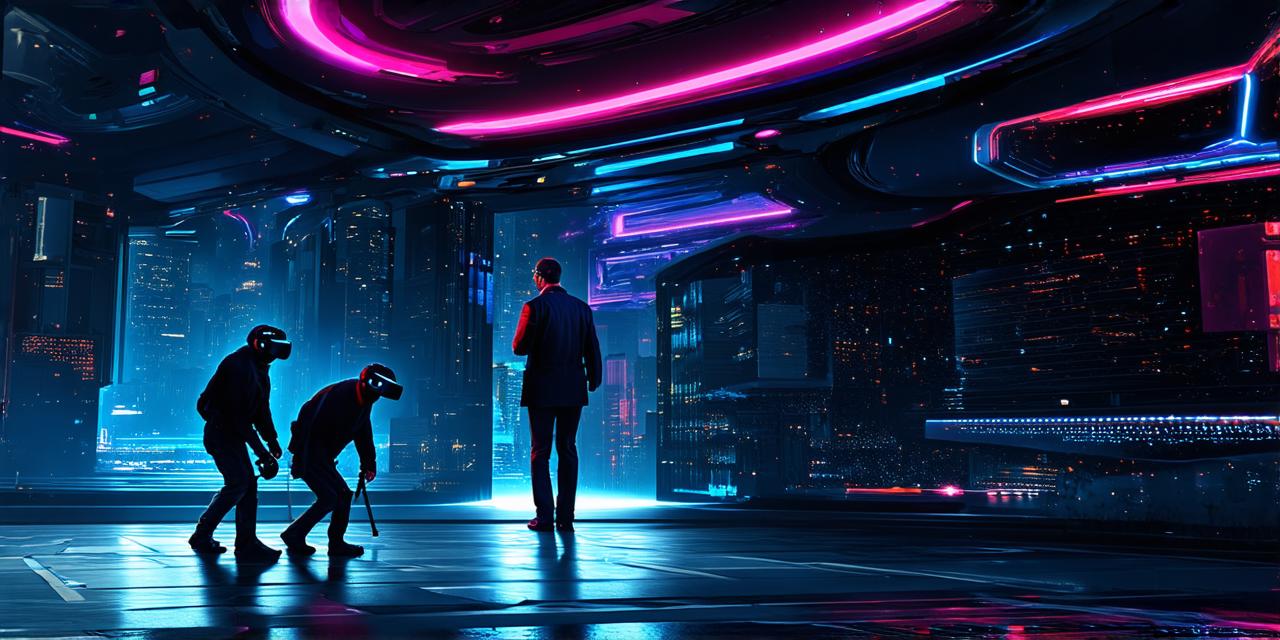1. The Early Days of VR (1960s-1970s)
The concept of virtual reality can be traced back to the 1960s when computer scientists and researchers began experimenting with stereoscopic displays and head-mounted devices. These early systems were far from perfect, with limited resolution and often uncomfortable hardware. However, they laid the groundwork for what would later become VR technology.
One of the earliest and most influential figures in VR development was Ivan Sutherland, who created the first virtual reality system called “Sword of Damocles” in 1968. This system used a head-mounted display and stereoscopic glasses to create a 3D environment that users could explore using a joystick. While the technology was limited, Sutherland’s work paved the way for future VR developments.
2. The Golden Age of VR (1980s-1990s)
The 1980s and 1990s were a period of rapid advancement in VR technology, with new hardware and software driving innovation. One of the most influential companies in this era was Silicon Graphics, which developed the first commercial VR system called “Stadium” in 1984. Stadium used a head-mounted display and motion tracking to provide users with a fully immersive experience.
Another pioneering company was 3dfx, which created the first graphics processing unit (GPU) specifically designed for VR applications. This GPU, called “TNT,” allowed developers to create more detailed and lifelike virtual environments.
During this time, researchers also began exploring the potential of VR in various fields, including medicine, education, and entertainment. For example, the University of Utah’s School of Medicine developed a VR system for training surgeons in 1992, while the British Broadcasting Corporation (BBC) created an immersive documentary experience using VR technology in 1996.
3. The Emergence of Wireless VR (2000s-Present)
The advent of wireless technology in the early 2000s ushered in a new era of VR development, allowing for more freedom and mobility in virtual environments. One of the most influential companies in this period was Oculus VR, which launched its flagship product, the Oculus Rift, in 2016. The Oculus Rift uses wireless motion tracking and a high-resolution display to create an immersive experience that feels more like reality.
Another notable development in this era was the rise of mobile VR, with smartphones and tablets providing users with a new way to experience virtual environments on the go. For example, Samsung’s Gear VR headset allows users to explore virtual worlds using their smartphone as the main display.
4. The Future of VR Development
The future of VR development is promising, with new technologies and applications driving innovation in this field. One of the most exciting developments is the emergence of haptic technology, which allows users to feel physical sensations in virtual environments. This technology has the potential to make VR experiences even more immersive and realistic.
Another area of focus is the integration of AI and machine learning into VR applications. By using artificial intelligence, developers can create more dynamic and responsive virtual environments that adapt to user behavior and preferences.
Finally, there is a growing interest in using VR technology for social interaction and collaboration. For example, virtual reality platforms like VRChat allow users to connect with others in shared virtual spaces, creating new opportunities for socializing and learning.
Conclusion
The evolution of VR development has been a fascinating journey, taking us from clunky headsets and pixelated graphics to immersive and lifelike experiences. From its early days as a research project to its current status as a mainstream technology, VR has come a long way and shows no sign of slowing down. As new technologies and applications continue to emerge, we can expect the future of VR development to be even more exciting and transformative. Whether you’re a gamer, educator, healthcare professional, or simply someone looking for a new way to experience the world, VR has something for everyone.
